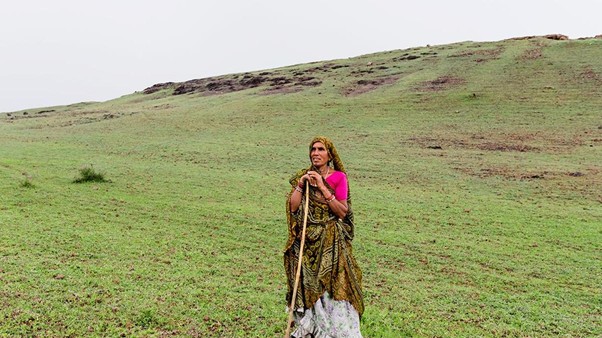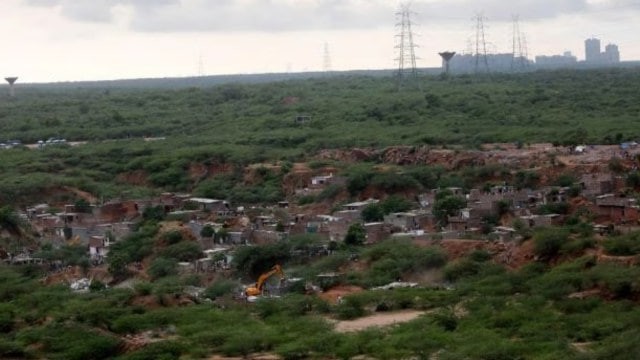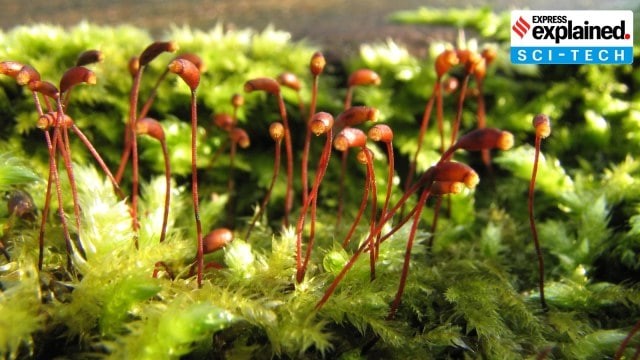Description
Context: Forest Department has planted 500 saplings in the cleared pockets in Sajjangarh wildlife sanctuary.
About: A special drive to uproot the invasive lantana bushes in the famous Sajjangarh wildlife sanctuary in Rajasthan’s Udaipur district has helped in ecological restoration of grasslands and saved biodiversity. The month-and-a-half-long campaign was accompanied by the plantation of native species on the cleared patches of land.
‘Mission lantana’
What was the need of launching it?
- The small sanctuary in the southern Aravalli hills, spread over 5.19 sq. km, is home to a large number of herbivores.
- Lantana camara, a thicket forming shrub, has covered vast tracts of land in the sanctuary, stopping the natural light and nutrition for flora and fauna.
- The toxic substance in its foliage and ripe berries affected the animals, while its expansion stopped the natural growth of grass and other shrubs.
- With the herbivores not getting sufficient forage, the prey base for carnivorous animals was declining, leading to ecological disturbances in the food chain.
- Cause unease among the herds of spotted deer with the gradual shrinking of their natural habitat.
About mission:
- The drive involved collective efforts and ‘shram daan’ (voluntary physical work) by the forest officials, police personnel, wildlife lovers, representatives of voluntary groups and local villagers.
- The volunteers used hand gloves and an equipment, monkey jack, for removing the toxic flowery shrubs.
- After 45 days, about 10 hectares of land has been cleared.
- The Forest Department, which has planted over 500 saplings in the cleared pockets, plans to take up sowing of grass and a variety of alternate plant seeds as the vegetation useful for herbivores.
- The drive should be taken up in the rainy season for the next three to four years to make a permanent impact.
- “The correct ecological approach would be the removal from top to bottom in hilly areas and centre to periphery in the plains.”
About lantana
- First introduced in 1807, had spread to wildlife reserves, river banks and the Project Tiger areas where it had obliterated native grass and reduced biodiversity.
- In some regions, the plant has made inroads into pastures and shrunk the cattle grazing areas, affecting the livelihood of villagers.
- Natural grass has started growing in the Sajjangarh sanctuary and the spotted deer and other herbivores can be seen foraging on the vegetation.
Sajjangarh Wildlife Sanctuary
- It is located in Udaipur District of Rajasthan in the southern Aravalli Hills.
- The area constituted the hunting grounds surrounding the Monsoon Palace, used by the Maharanas of Udaipur in the late 19th and early 20th centuries.
- The area was made a wildlife sanctuary in 1987.
- In 2017, an area of 28.7 square kilometres around the boundary of the sanctuary was declared to be an Eco-Sensitive Zone by the Government of India.
https://www.thehindu.com/news/cities/kolkata/weeding-out-lantana-restores-grasslands-in-rajasthan/article32705549.ece
https://en.wikipedia.org/wiki/Sajjangarh_Wildlife_Sanctuary










